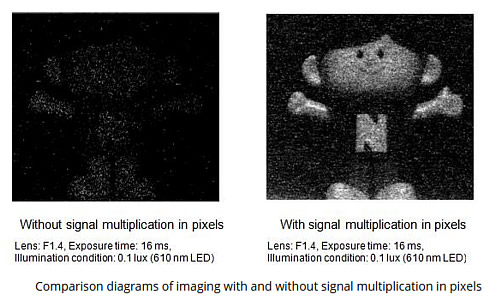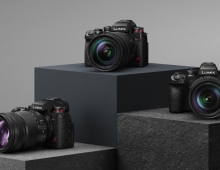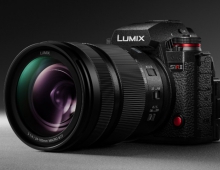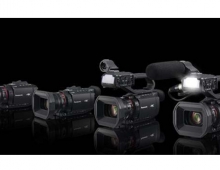
Panasonic Image Sensor Detects Objects 250 m Ahead at Night with Poor Visibility
Panasonic has developed a time-of-flight (TOF) image sensor that uses avalanche photodiode (APD) pixels and is capable of capturing range imaging of objects up to 250 m even at night with poor visibility.
The sensor can be applied in a variety of fields including automotive range imaging and wide-area surveillance in the dark.
Avalanche photodiode (APD) is an ordinary photodiode generates one electron from one photon. On the other hand, an avalanche photodiode (APD) applies a strong electric field to the one electron generated from a photon to cause the electron to strongly collide with other electrons in the material, thereby generating two electrons. This collision will be repeated with increasing scale with the initial collision as a trigger as if it were an avalanche, multiplying the electron by over 10,000 times in the end.
The newly developed TOF image sensor directly measures the time-of-flight of light between an object and the sensor at all the pixels and collectively obtains 3D range images for short to long distances. The use of APDs, which amplify input signals, as the photodetector and the incorporation of an in-pixel circuit that integrates weak input signals, and it enables the 3D range imaging of a place 250 m ahead. In addition, the new sensor has achieved the integration of 250,000 pixels through the lamination of the electron multiplier and the electron storage as well as the area reduction of APD pixels. This has enabled long-range and high-resolution 3D range imaging, which was difficult previously.
How it works
Conventional image sensors convert a single photon that has entered their pixels to only a single electron and therefore have an issue of being susceptible to noise when the signal light is as weak as approximately a single-photon level. Panasonic's new sensor forms very fine pixels of 11.2 μm pitch by using the APD pixel technology that laminates the photoelectric conversion region, multiplication region, and signal storage as constituents, thereby achieving a high resolution of 250,000 pixels and high sensitivity signals amplified by 10,000 times.

Common TOF ranging calculates distances by measuring the time-of-flight of light emitted from a light source to hit an object, reflect, and return. Panasonic has developed a short-pulse TOF method that drives a high-speed 10-nanosecond shutter built in the sensor in sync with 10-nanosecond minimum short-pulse light. This newly developed technology enables the collective acquisition of a 3D range image by compositing multiple ranges from short to long.
Panasonic has developed APD pixel technology that enables fine pixels while possessing a multiplication function by providing a multiplication region that multiplies one photon to 10,000 electrons and laminating this multiplication region to accommodate it in the same plane area with the photoelectric conversion and signal storage regions. This technology enables sharp and high-resolution imaging in dark or distant places.

The company has also developed long-range measurement imaging technology that collectively obtains distance ranges from short to long as range images. The light reflected from a place 250 m away means that in terms of probability a signal of one photon barely arrives. The company has newly developed a weak light integration technology that reliably captures a weak signal of a single photon through the use of unique integration circuits built in all the APD pixels, which count the number of arrivals of photons. The long-range measurement imaging technology that combines the new short-pulse TOF method and weak light integration technology has achieved range images with both long-range measurement and high resolution at night, which was difficult for conventional stereo cameras and LiDAR. The new technology enables the acquisition of range images in which the position and shape of people and small objects, which are invisible to human eyes, can be discerned even at night from a long distance.





















